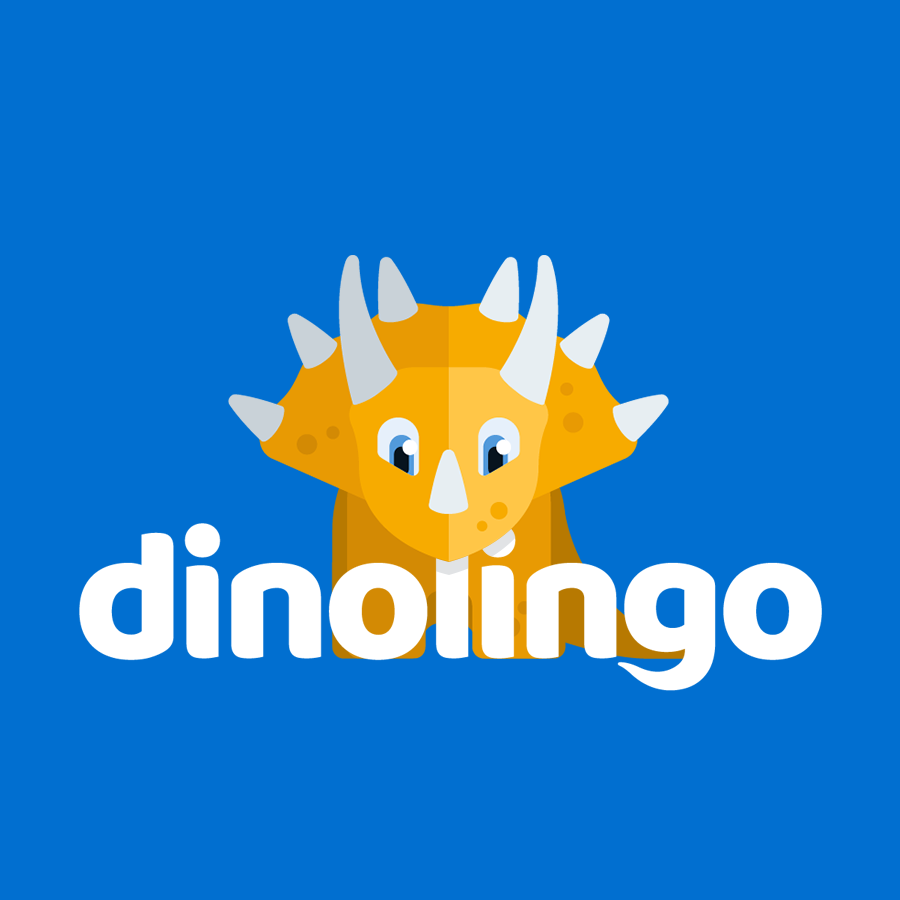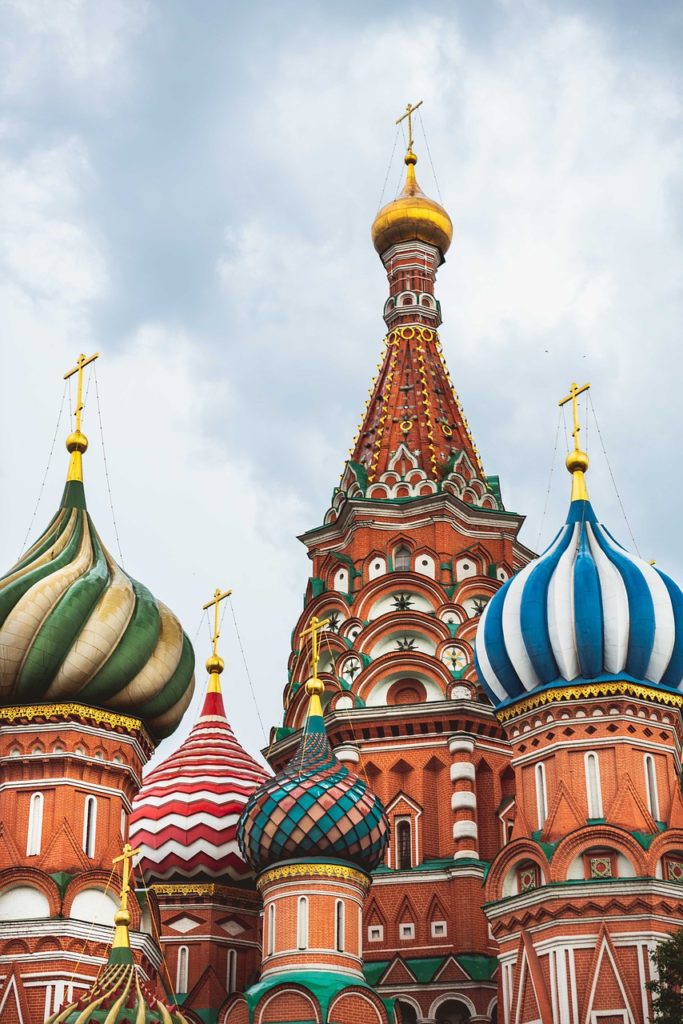The early history of Russia is similar to many other countries with people moving to Russia and the start of kingdoms. Russian became a large country when several cities merged into an empire. In the ninth century, a Scandinavian group of people (the Varangians) crossed the Baltic Sea to land in Eastern Europe. Led by Oleg, they took control over Kiev and helped make a trade route between Scandinavia and Russia that continued for over 300 years.
Oleg’s grandson Vladimir I was the ruler of this kingdom in 989, followed by Ysaroslav. When Ysaroslav died, there were many battles for power in Russia by different invaders. The Mongols destroyed the major cities and made an Empire of the Golden Horde. Next, the Swedes and Livonians tried to take over Russia. Moscow became stronger. Ivan IV helped make Russia a unified state. His son Fyodor ruled, followed by Godunov who was made the King. Poland took over next, and then the Romanov Dynasty for 300 more years until the Russian Revolution ended the role of the King.
Peter the Great tried to overtake the government and westernize the country. He wanted to move the capital from Moscow to a new city on the Gulf of Finland. He created St. Petersburg as this new capital. Peter died in 1725 and Russia went through a number of rulers.
Finally, Catherine the Great came into power in 1761 and continued the changes. She built museums, founded colleges and libraries. She was succeeded by her son Paul I whose son succeeded him as Alexander I. Napoleon, with half a million soldiers, tried to take over Russia. He had to retreat and Russia grew into a powerful country.
In the nineteenth century, Nicholas I and then Alexander II ruled. Russia expanded its territory and power. Nickolas II became the ruler when Japan attacked. In 1912, the Social Democrats split into two groups: the Bolsheviks and the Mensheviks. The First World War occurred and with it, there were food shortages and an economic collapse. Nicholas gave up the throne to his brother who also gave up this position. There was now a provisional government under Prince Lvov and then under Alexandr Kerensky. Finally, Lenin who led the Bolsheviks overtook the government. WW I ended, but for three years Russia fought with other groups of people within the country who wanted control. In 1920, the Bolsheviks won. People felt optimistic as there were some changes for the middle class and more freedoms for everyone.
Lenin died in 1924 and there was a struggle for power in the Communist Party. Eventually, Stalin became the leader. He began state-run farms and had the government control most parts of life including art and literature. People were not allowed to worship as they wanted.
World War II started and Russia was attacked in 1941. Germans took over part of their land, but eventually the Russian army held the Germans from overtaking their capital and in 1944, the Russians pushed the Germans back to Poland. Berlin fell and WW II ended. The Soviet Union became even stronger with more territory and was the second great world power in the world, next to the United States.
Much of the country’s resources were put into the military and the Russian people’s lives suffered. They were hungry and there were many freedoms taken away from them. In 1953, Stalin died and Khruschev took over until he was ousted in 1964.
In the 1970s, Leonid Brezhnev became the next leader who tried to improve the living conditions for the people and to reach out to other countries to become friends. Yuri Andropov and then Konstantin Chernenko led next, until Mikhail Gorbachev in 1985 became the ruler who stressed openness and restructuring. Open elections were held in 1989, and in 1991 there was a rapid series of revolutions leading to the fall of the Berlin Wall.
Yeltsin became the new leader and by the end of the year, the Soviet Union was voted out of existence to be replaced by a Commonwealth of Independent States. Gorbachev resigned and the Soviet Flag on top of the Kremlin was replaced by the Russian tricolored flag. The current President of Russia is Vladimir Putin who has helped Russia become stronger economically and has helped to gain more freedom for the Russian people.

Online Russian lessons for kids: dinolingo.com
